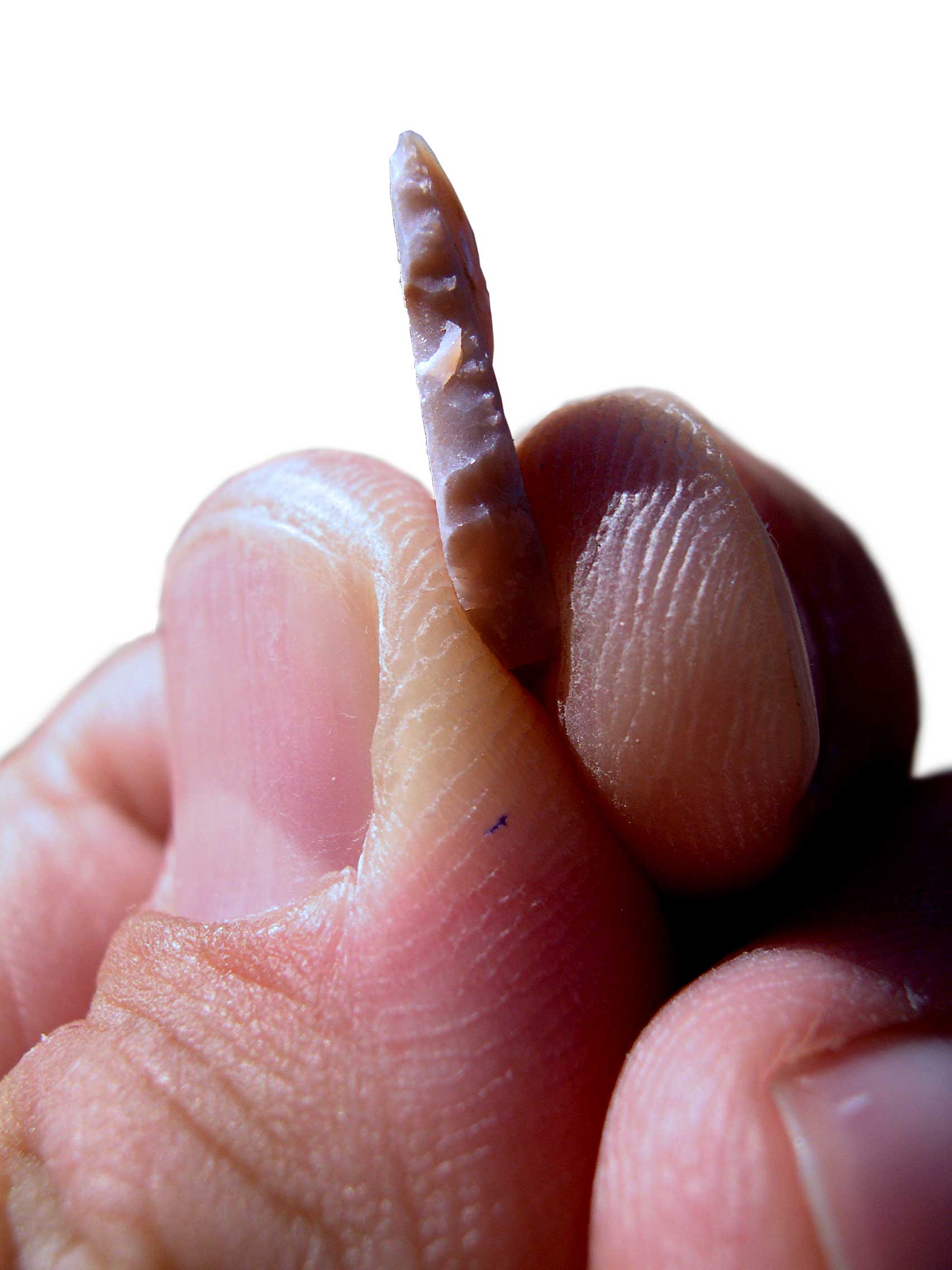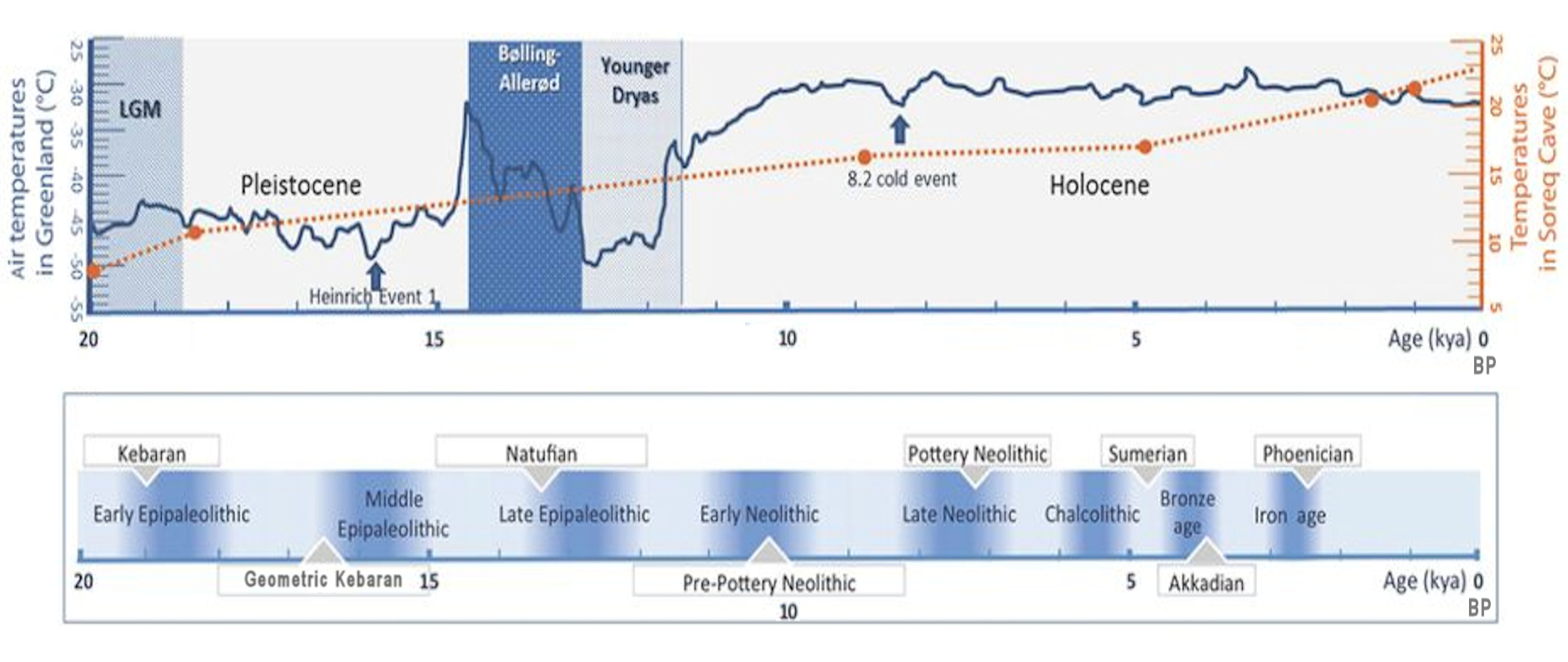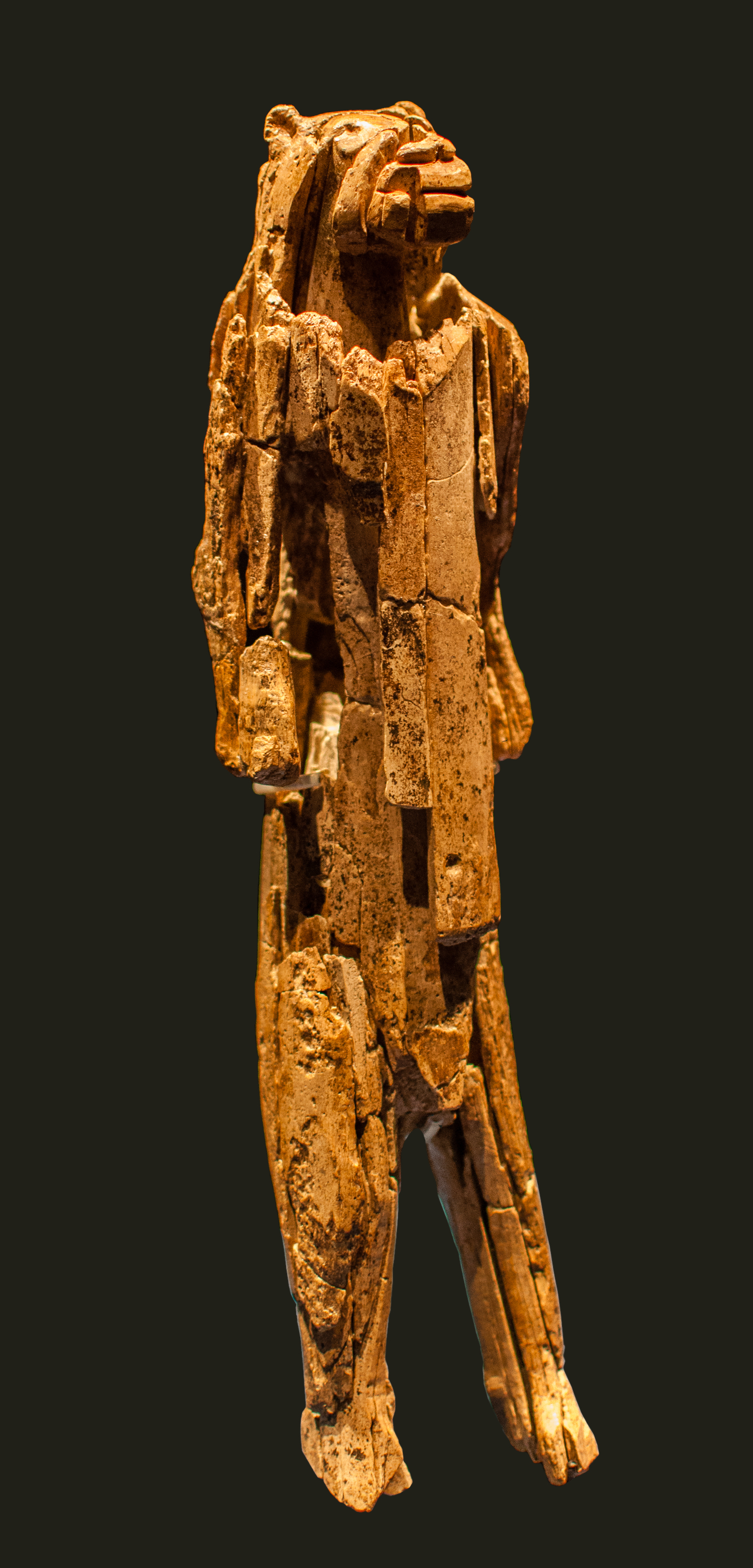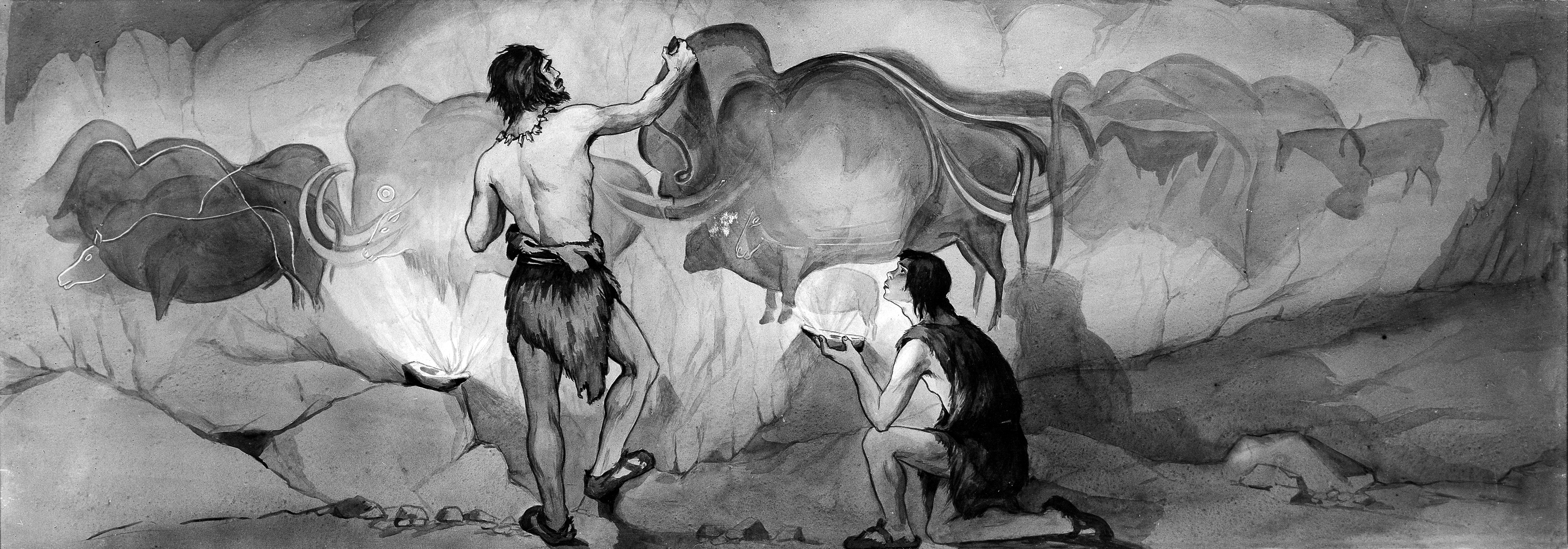|
Microlith
A microlith is a small Rock (geology), stone tool usually made of flint or chert and typically a centimetre or so in length and half a centimetre wide. They were made by humans from around 60,000 years ago, across Europe, Africa, Asia and Australia. The microliths were used in spear points and arrowheads. Microliths are produced from either a small blade (Microblade technology, microblade) or a larger blade-like piece of flint by abrupt or truncated retouch (lithics), retouching, which leaves a very typical piece of waste, called a microburin. The microliths themselves are sufficiently worked so as to be distinguishable from workshop waste or accidents. Two families of microliths are usually defined: laminar and geometric. An assemblage of microliths can be used to date an archeological site. Laminar microliths are slightly larger, and are associated with the end of the Upper Paleolithic and the beginning of the Epipaleolithic era; geometric microliths are characteristic of the M ... [...More Info...] [...Related Items...] OR: [Wikipedia] [Google] [Baidu] |
Kebaran Culture
The Kebaran culture, also known as the 'Early Near East Epipalaeolithic', is an archaeological culture of the Eastern Mediterranean dating to c. 23,000 to 15,000 Before Present (BP). Its type site is Kebara Cave, south of Haifa. The Kebaran was produced by a highly mobile nomadic population, composed of hunters and gatherers in the Levant and Sinai areas who used microlithic tools. Overview The Kebaran is the first phase of the Epipalaeolithic in the Levant. Kebaran stone tool assemblages are characterized by small, geometric microliths, and are thought to have lacked the specialized grinders and pounders found in later Near Eastern cultures. Small stone tools called microliths and retouched bladelets can be found for the first time. The microliths of this culture period differ greatly from the Aurignacian artifacts. The Kebaran is preceded by the final phase of the Upper Paleolithic Levantine Aurignacian (also known as the Athlitian or Antelian) and followed by the proto ... [...More Info...] [...Related Items...] OR: [Wikipedia] [Google] [Baidu] |
Epipaleolithic
In archaeology, the Epipalaeolithic or Epipaleolithic (sometimes Epi-paleolithic etc.) is a period occurring between the Upper Paleolithic and Neolithic during the Stone Age. Mesolithic also falls between these two periods, and the two are sometimes confused or used as synonyms. More often, they are distinct, referring to approximately the same period of time in different geographic areas. Epipaleolithic always includes Epipalaeolithic Near East, this period in the Levant and, often, the rest of the Near East. It sometimes includes parts of Southeast Europe, where Mesolithic is much more commonly used. Mesolithic very rarely includes the Levant or the Near East; in Europe, Epipalaeolithic is used, though not very often, to refer to the early Mesolithic. The Epipalaeolithic has been defined as the "final Upper Palaeolithic industries occurring at the end of the final Last glacial period, glaciation which appear to merge technologically into the Mesolithic". The period is general ... [...More Info...] [...Related Items...] OR: [Wikipedia] [Google] [Baidu] |
Microblade Technology
Microblade technology is a period of technological microlith development marked by the creation and use of small stone blades, which are produced by chipping silica-rich stones like chert, quartz, or obsidian. Blades are a specialized type of lithic flake that are at least twice as long as they are wide. An alternate method of defining blades focuses on production features, including parallel lateral edges and dorsal scars, a lack of cortex, a prepared platform with a broad angle, and a proximal bulb of percussion. Microblades are generally less than 50 mm long in their finished state. History The geographic origin of microblades is poorly understood, with differing theories posing origins in Southern Siberia, Northern China, or the PHSK (Paleo-Hokkaido-Sakhalin-Kurile) peninsula, with dates ranging from over 30,000 BP to as little as 18,000 BP. The microblade technology has been associated with the Ancient Paleo-Siberians. Because microblade technology is economical (usin ... [...More Info...] [...Related Items...] OR: [Wikipedia] [Google] [Baidu] |
Lunate
Lunate is a crescent or moon-shaped microlith. In the specialized terminology of lithic reduction, a lunate flake is a small, crescent-shaped lithic flake, flake removed from a stone tool during the process of pressure flaking. In the Natufian culture, Natufian period, a lunate was a small crescent-shaped stone tool that was sometimes used to harvest grasses. In archaeology a lunate is a small stone artifact, that has a sharpened straight edge and a blunt crescent shaped back. The word originates from the Latin word ''lunatus'' which means to bend like a crescent, and from luna meaning moon in Latin. A lunate object can be typically used as a decorative piece or as a stone tool. Israeli lunate In the earlier findings of Epipaleolithic lunate in the Natufian, Harifian, and Negev Kebaran periods in Israel, they were roughly 10–40 mm long and were formed on small blades or bladelets. While the later findings Natufian and Harifian range of lengths varied then between 9&nbs ... [...More Info...] [...Related Items...] OR: [Wikipedia] [Google] [Baidu] |
Upper Paleolithic
The Upper Paleolithic (or Upper Palaeolithic) is the third and last subdivision of the Paleolithic or Old Stone Age. Very broadly, it dates to between 50,000 and 12,000 years ago (the beginning of the Holocene), according to some theories coinciding with the appearance of behavioral modernity in early modern humans. It is followed by the Mesolithic. Anatomically modern humans (i.e. ''Homo sapiens'') are believed to have emerged in Africa around 300,000 years ago. It has been argued by some that their ways of life changed relatively little from that of archaic humans of the Middle Paleolithic, until about 50,000 years ago, when there was a marked increase in the diversity of Artefact (archaeology), artefacts found associated with modern human remains. This period coincides with the most common date assigned to early human migrations, expansion of modern humans from Africa throughout Asia and Eurasia, which may have contributed to the Neanderthal extinction, extinction of th ... [...More Info...] [...Related Items...] OR: [Wikipedia] [Google] [Baidu] |
Microburin
A microburin is a characteristic waste product from manufacture of lithic tools — sometimes confused with an authentic burin — which is characteristic of the Mesolithic, but which has been recorded from the end of the Upper Paleolithic until the Chalcolithic. This type of lithic artifact was first named by Henri Breuil who defined it as "a type of angular, smooth, with a terminal retouch in the form of a small notch". Breuil initially thought that the microburins had a functional use as a type of microlithic burin. However, he later came to realize that the manufacturing technique was different from that of the burin and that they could be waste products from the manufacture of microliths, but they may have occasionally been reused for a useful purpose, which is expected for parsimonious lithic resource exploitation A microburin is a fragment of a lithic flake, or more precisely, of a lithic blade, that shows on its upper face the beginnings of a notch terminating in an obliq ... [...More Info...] [...Related Items...] OR: [Wikipedia] [Google] [Baidu] |
Arrow (weapon)
An arrow is a fin-stabilized projectile launched by a bow. A typical arrow usually consists of a long, stiff, straight shaft with a weighty (and usually sharp and pointed) arrowhead attached to the front end, multiple fin-like stabilizers called fletchings mounted near the rear, and a slot at the rear end called a nock for engaging the bowstring. A container or bag carrying additional arrows for convenient reloading is called a quiver. The use of bows and arrows by humans predates recorded history and is common to most cultures. A craftsman who makes arrows is a fletcher, and one who makes arrowheads is an arrowsmith.Paterson ''Encyclopaedia of Archery'' p. 56 History The oldest evidence of likely arrowheads, dating to years ago, were found in Sibudu Cave, current South Africa.Backwell L, d'Errico F, Wadley L.(2008). Middle Stone Age bone tools from the Howiesons Poort layers, Sibudu Cave, South Africa. Journal of Archaeological Science, 35:1566–1580. Backwell L, Br ... [...More Info...] [...Related Items...] OR: [Wikipedia] [Google] [Baidu] |
"Noailles" Burin
Burin from the Upper Paleolithic (Gravettian) (ca. 29,000–22,000 BP) In archaeology and the field of lithic reduction, a burin (from the French ''burin'', meaning "cold chisel" or modern engraving burin) is a type of stone tool, a handheld lithic flake with a chisel-like edge which prehistoric humans used for carving or finishing wood or bone tools or weapons, and sometimes for engraving images. In archaeology, burin use is often associated with "burin spalls", which are a form of debitage created when toolmakers strike a small flake obliquely from the edge of the burin flake in order to form the graving edge. Documented use left, 180px, Carinated "burin"/microblade core with multiple facets Standardized burin usage is typical of the Middle Paleolithic and Upper Palaeolithic cultures in Europe, but archaeologists have also identified them in North American cultural assemblages, and in his book ''Early Man in China'', Jia Lanpo of Beijing University lists dihedral burin ... [...More Info...] [...Related Items...] OR: [Wikipedia] [Google] [Baidu] |
Gravettian
The Gravettian is an archaeological industry of the European Upper Paleolithic that succeeded the Aurignacian circa 33,000 years BP. It is archaeologically the last European culture many consider unified, and had mostly disappeared by 22,000 BP, close to the Last Glacial Maximum, although some elements lasted until 17,000 BP. In modern-day Portugal, Spain and France, it was succeeded by the Solutrean and by the Epigravettian in Italy, the Balkans, Ukraine and Russia. The Gravettian culture is known for their artistic works including the famous Venus figurines, which were typically carved from either ivory or limestone. The culture was first identified at the site of La Gravette in the southwestern French department of Dordogne.Kipfer, Barbara Ann. "Encyclopedic Dictionary of Archaeology". Kluwer Academic/Plenum Publishers, 2000. P. 216. While historically assumed to represent a genetically homogenous group, recent analysis of ancient DNA sequences suggests tha ... [...More Info...] [...Related Items...] OR: [Wikipedia] [Google] [Baidu] |
Magdalenian
Magdalenian cultures (also Madelenian; ) are later cultures of the Upper Paleolithic and Mesolithic in western Europe. They date from around 17,000 to 12,000 years before present. It is named after the type site of Abri de la Madeleine, a rock shelter () located in the Vézère valley of Tursac in Dordogne, France. Édouard Lartet and Henry Christy originally termed the period ''L'âge du renne'' "the age of the reindeer". They conducted the first archaeological excavation of the type site, publishing in 1875. The Magdalenian is associated with reindeer hunters. Magdalenian sites contain extensive evidence for the hunting of red deer, wild horses, and other megafauna present in Europe toward the end of the Last Glacial Period. The culture was geographically widespread, and later Magdalenian sites stretched from Portugal in the west to Poland in the east, and as far north as France, the Channel Islands, England, and Wales. Besides la Madeleine, the chief stations of the Ma ... [...More Info...] [...Related Items...] OR: [Wikipedia] [Google] [Baidu] |
Universidad De Salamanca
The University of Salamanca () is a public research university in Salamanca, Spain. Founded in 1218 by King Alfonso IX, it is the oldest university in the Hispanic world and the fourth oldest in the world in continuous operation. It has over 30,000 students from 50 different nationalities. History Prior to the foundation of the university, Salamanca was home to a cathedral school, known to have been in existence by 1130. The university was founded as a ''studium generale'' by the Leonese king Alfonso IX in 1218 as the ''scholas Salamanticae'', with the actual creation of the university (or the transformation of the existing school into the university) occurring between August 1218 and the following winter. A further royal charter from King Alfonso X, dated 8 May 1254, established rules for the organisation and financial endowment of the university, and referred to it for the first time by that name. A papal bull of Alexander IV in 1255 confirmed the Royal Charter ... [...More Info...] [...Related Items...] OR: [Wikipedia] [Google] [Baidu] |







